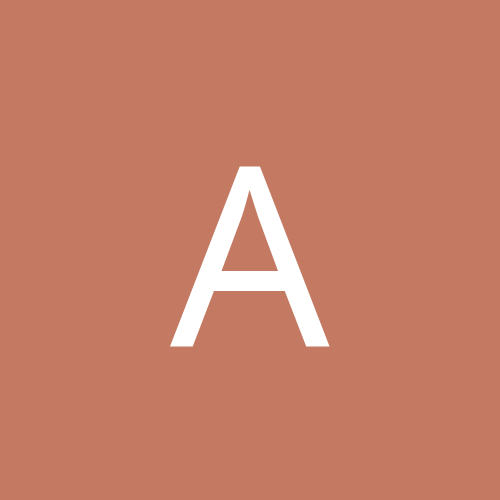Connectez-vous pour activer le suivi
Abonnés
0

déformation de miroir mince
Par
anonyme7, dans
Astronomie pratique

Par
anonyme7, dans
Astronomie pratique